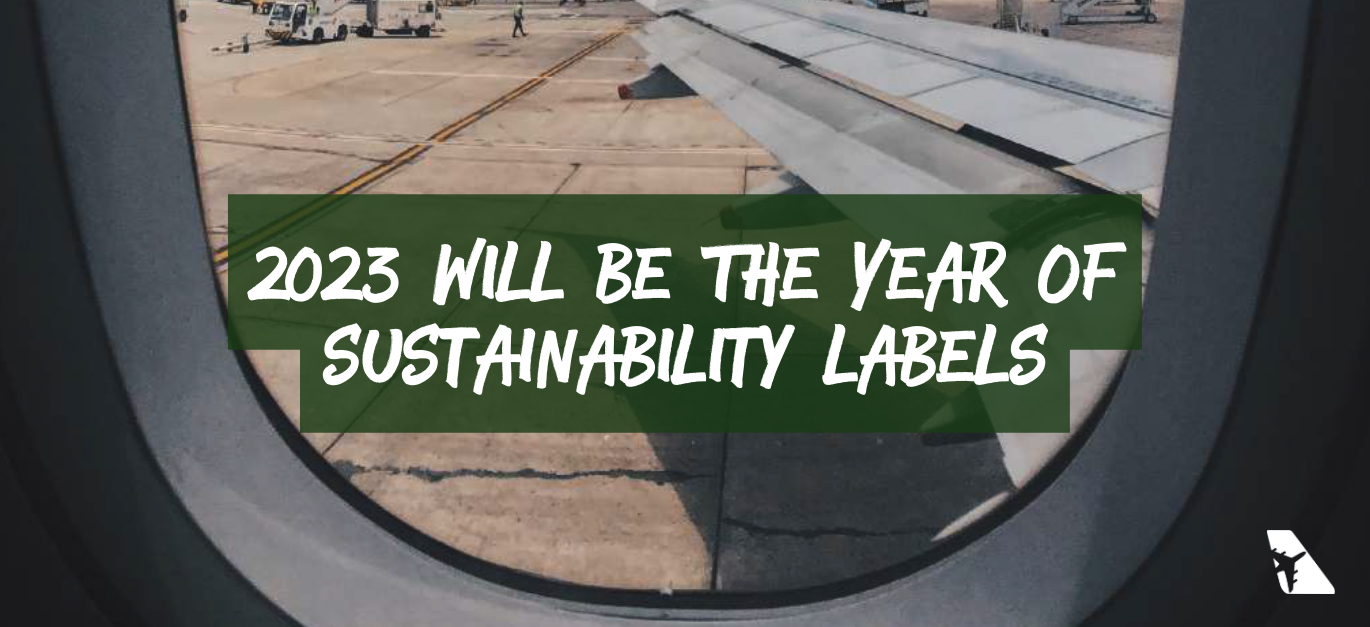ARTICLE
Holly Boyd-Boland, VP Corporate Development & Sustainab ...

Our new Sustainable Aviation 2023 Trends report looks at how and why the battle for climate action is expected to grow more heated this year and what visionary executives can do to stay ahead. Download the full report here.
When booking hotels, you are often shown how ‘sustainable’ a property is. For example, booking.com has its ‘travel sustainable badge.’
But while flight search engines like Google and Skyscanner show CO2 emissions for a given route, there is still a lack of easy-to-understand labels telling a passenger that a flight on, e.g., a newer A321LR is less carbon intensive than on an old A340.
EASA found that three-quarters of passengers would welcome a kind of ‘environmental labels’ that are easy to understand. As a result, EASA is looking at three different labels – a flight label, an airline label and an aircraft label.
Project lead Kai Bauer has published a presentation where the concept seems to follow the easy-to-understand energy labels you see when buying white goods.
It’s worth mentioning that regional airline Flybe did this fifteen years ago when it put an ‘eco label’ on its aircraft (see image below). So the evidence is there that the travelling public wants to make more sustainable choices, except more of this.
At the same time, 2023 will see a green rating for airline suppliers, such as catering, amenity kits and blankets. This comes as industry body APEX/IFSA announced that this year it would be launching a green rating scheme.
Download the full report to read about other 2023 sustainable aviation trends.
Subscribe to our weekly Sustainability In The Air newsletter and receive our in-depth analysis and updates on all things aviation sustainability straight into your inbox.
© 2022 SimpliFlying Pte. Ltd.